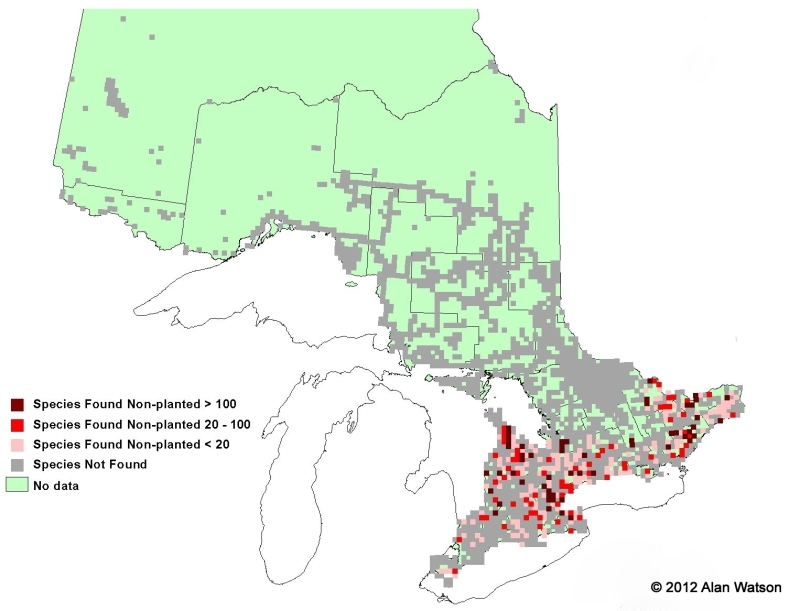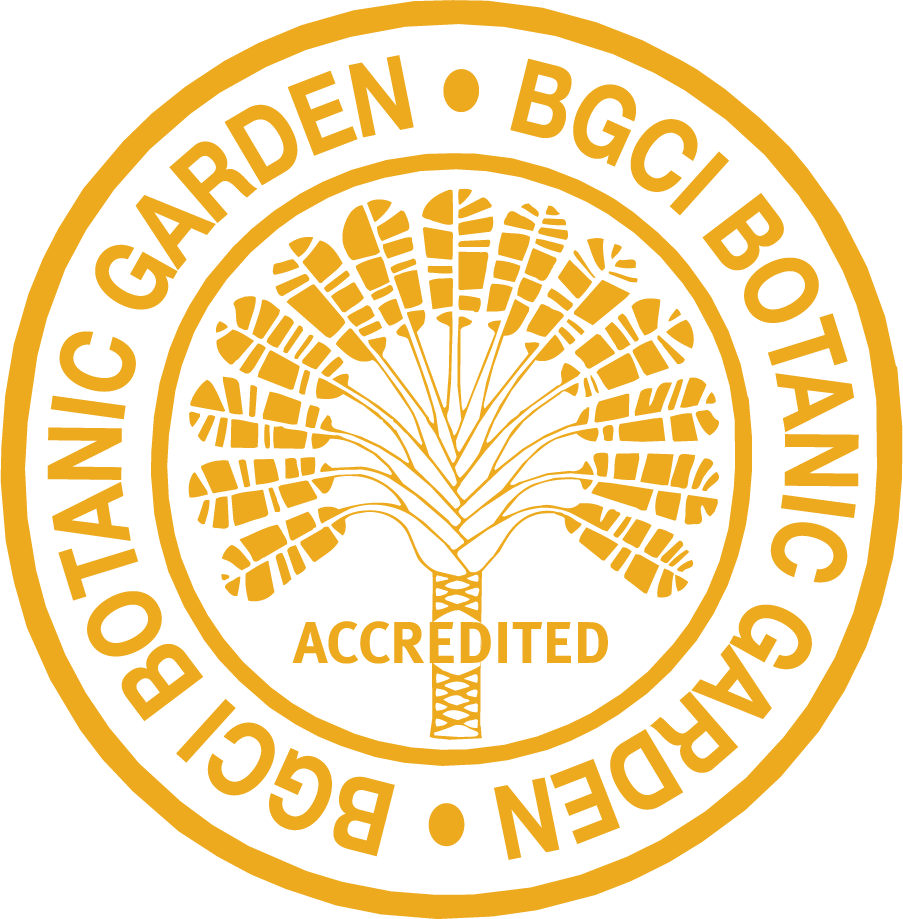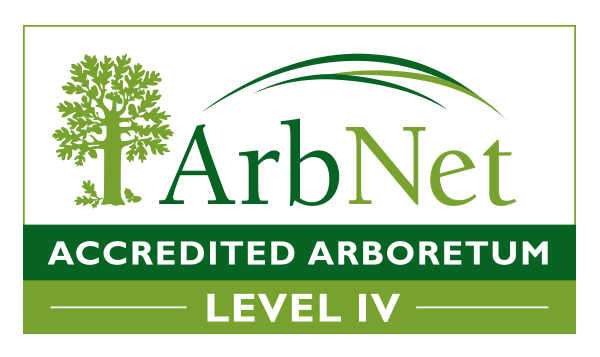This walnut species is in serious decline due to fungus disease known as Canker dieback (Sirococcus clavigignenti-juglandacearum). As a result, the Butternut has been listed as a Nationally Endangered species by Environment Canada. The tree is relatively short-lived, shade-intolerant and found among other tree species such as sugar maple, beech, basswood, black cherry and black walnut. It produces a sticky, oval shaped fruit that contains a nutritious nut that is eaten by birds, squirrels, and other small mammals.
The 5-8 cm long fruit is elongated and pointed at one end. It is sticky and is densely covered in hairs. Photo Sean Fox


